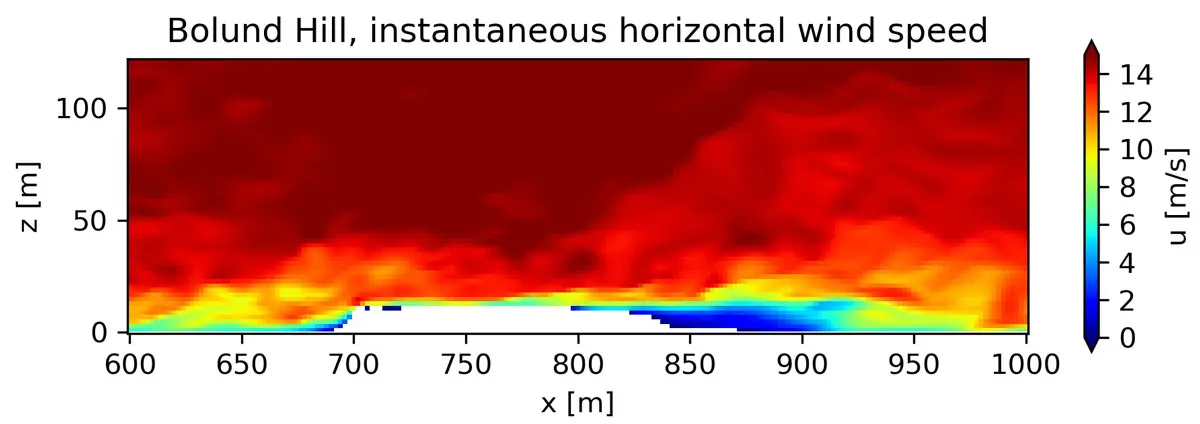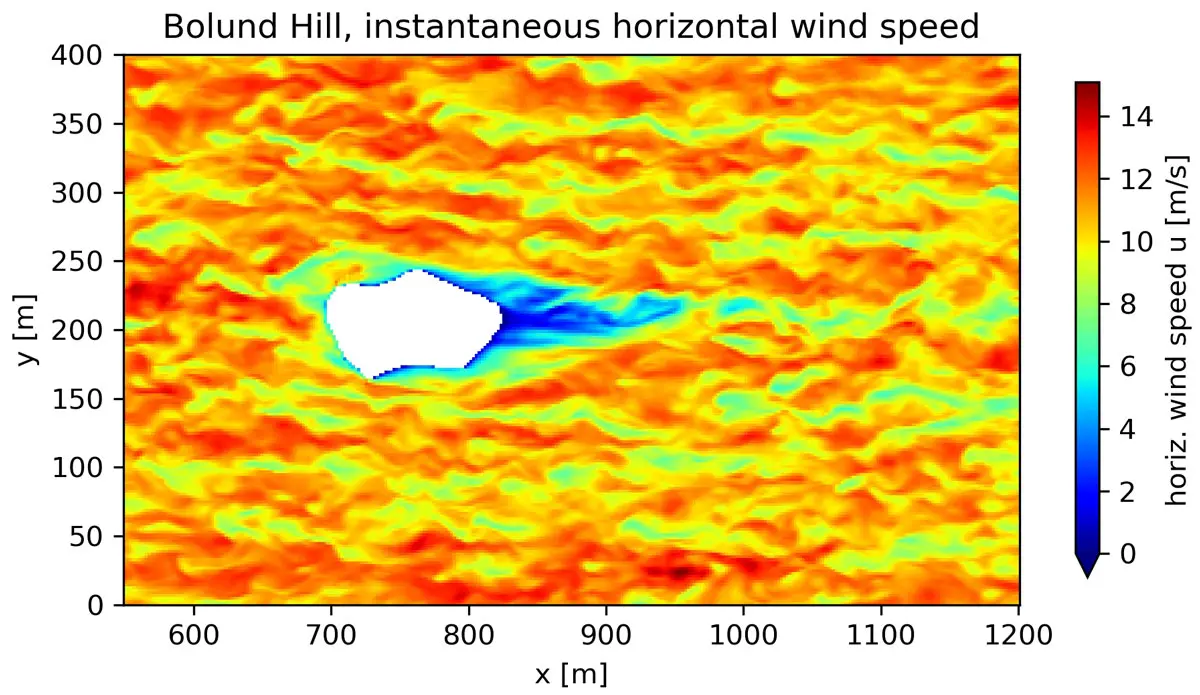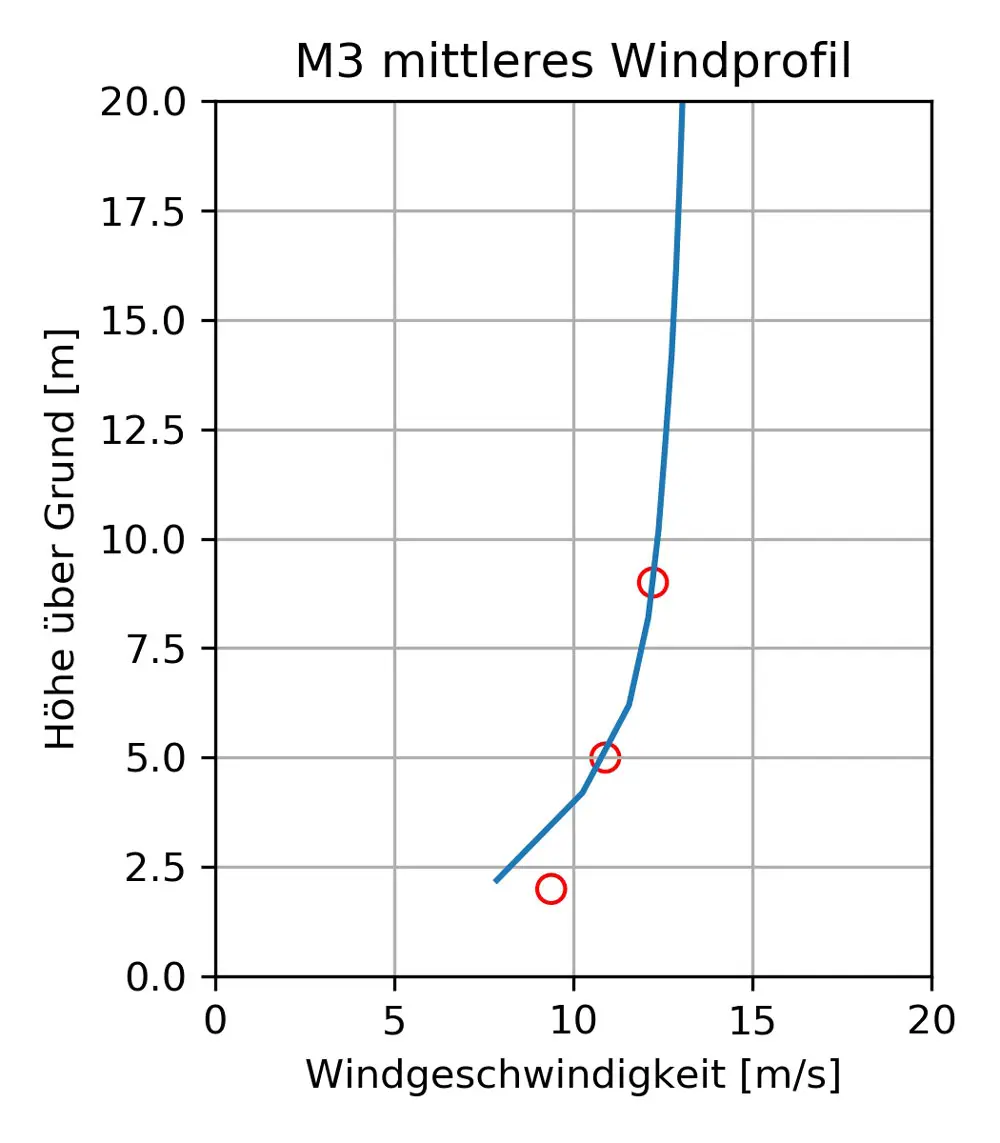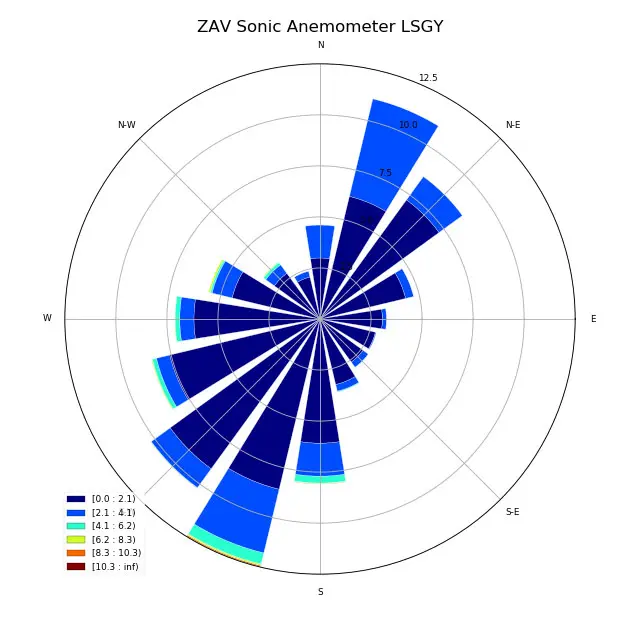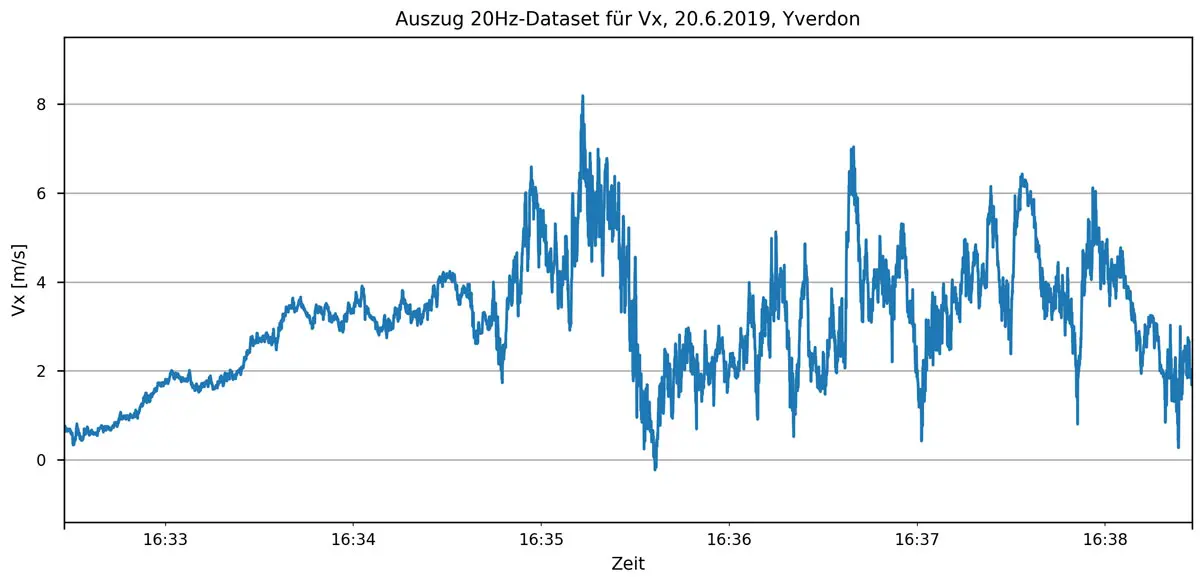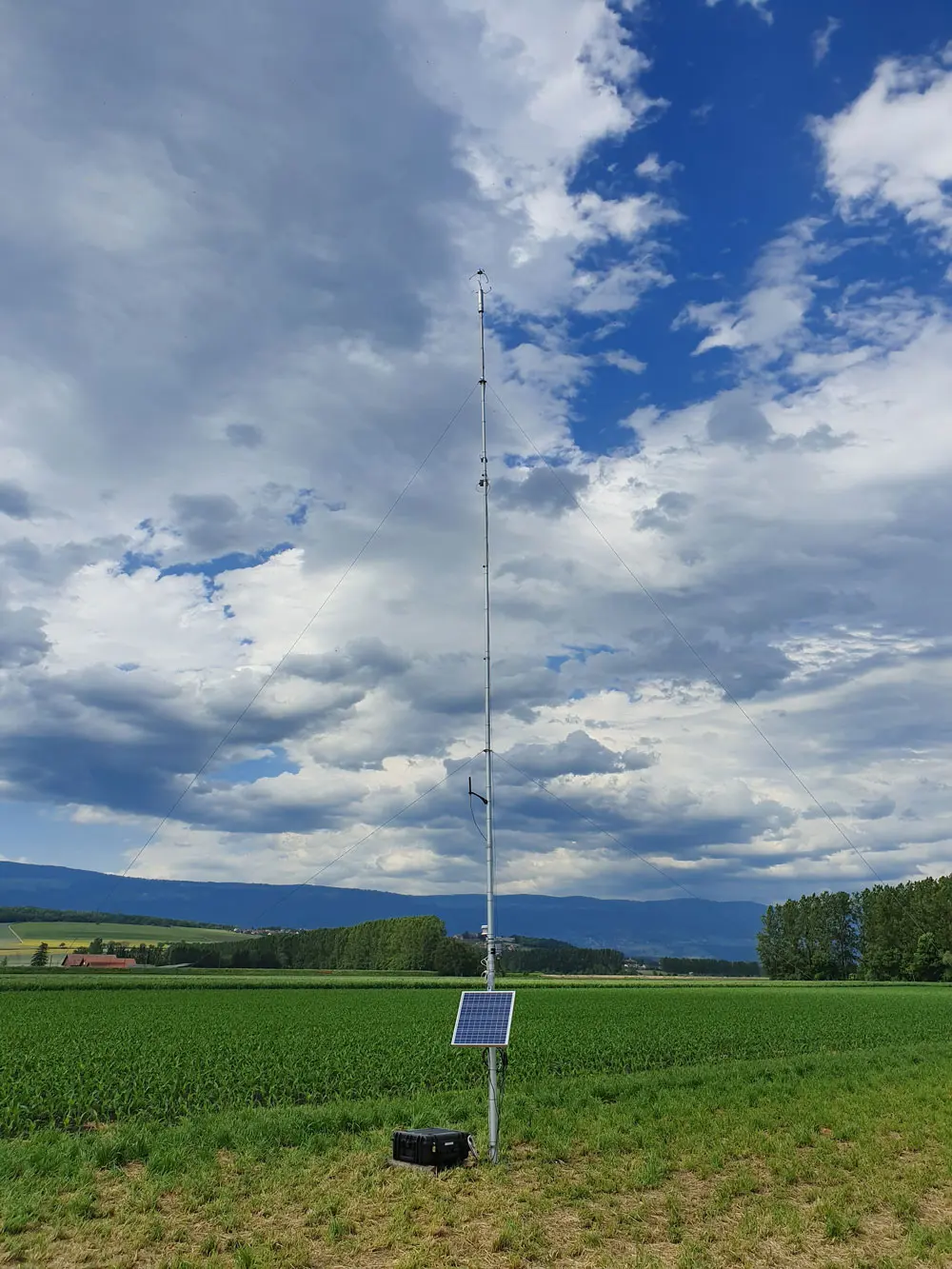MSc thesis: Large-eddy simulation of turbulence in the approach sector of an airfield
Tracking turbulence
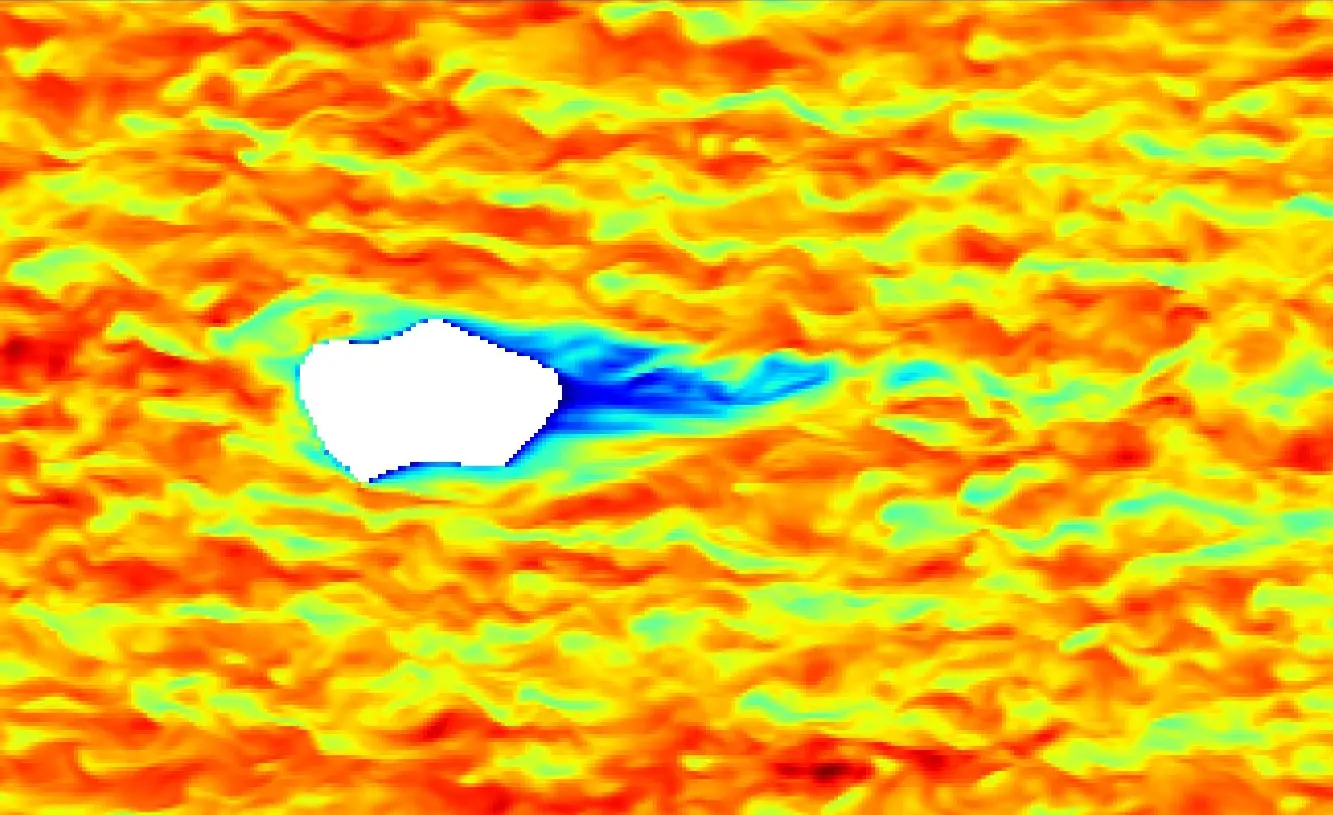
Every pilot is familiar with it – turbulence in the approach to an airfield. Within the framework of this project and MSc thesis, turbulence was simulated around an airport located in the Swiss Mittelland area that is affected by turbulence. The findings will make a positive contribution to flight safety.
Turbulence appears to play a part in a large number of aviation accidents, particularly in critical flight phases such as take-off and landing. Yverdon Airport in Switzerland is well-known for the occurrence of turbulence during take-off in a south-westerly direction or landing from the same direction, where the terrain is crossed by high rows of trees acting as windbreaks. These are seen as the cause of the turbulence. The ability to simulate such a scenario, to communicate the results and possible risks to pilots efficiently and to incorporate them in the planning of future infrastructure can have a beneficial effect on flight safety.
To investigate this problem, two project theses at the ZHAW implemented competences in the numerical simulation of the atmospheric boundary layer, using the PALM large-eddy simulation model of Leibniz Universität Hannover, Germany. The simulation of the complex environment found at Yverdon Airport is part of a student’s MSc thesis that is currently in progress. For the project theses, an operative modelling environment was set up on a cluster at the ZHAW. With the simulation of validation cases, experience was also gained with respect to the handling and influence of the model’s various parameters, as well as the associated managing of a Unix environment, and the processing and visualisation of data in netCDF format.
"With increasing computing power, ever more finely resolved numerical weather simulations can be conducted, meaning it is also possible to characterise microscale flow effects and their influences."
Dr. Julien Anet
Bolund Hill validation case
Bolund Hill is located in Risø, Denmark, and was surveyed as part of a large field experiment. The data is publicly available and can be consulted for validation purposes. With this data as a basis for comparison, experience was gained in using PALM and its extensive modules, including a radiation model and the parameterisation of the surface according to the effective vegetation. Thanks to this phase, it was possible to model the Bolund Hill case with a good to very good level of agreement of the simulation with the measured values. The wind speed results show an excellent level of agreement with the measured values, while the values for the turbulent kinetic energy in the flow (turbulence) demonstrated deviations of between 3% and 35%, which is, however, comparable with the performance of other simulation models in simulating the same scenario.
Survey of data measured for the validation of a simulation in Yverdon
These project theses also served as preparation for an MSc thesis in which the environment of Yverdon Airport was to be simulated. Due to the fact that no high-resolution wind and weather data is available on site, an energy-autonomous, ten-metre-high measuring mast with an ultrasonic anemometer was planned and set up as part of one project thesis. An ultrasonic anemometer is able to record wind in all directions with very fine temporal resolution. Thanks to well-thought-out planning and the selection of suitable components, problem-free surveying operations could be carried out, during which wind data with a resolution of 20 Hz was recorded for a month. The data collected will be used to validate the simulation conducted in the MSc thesis.
Outlook
The work carried out so far has shown that turbulence simulations with PALM can be a valuable tool in various areas of application. In addition to the analysis of airport environments, applications in aircraft accident investigations are also useful. The extensive PALM functions also open up new opportunities for applying the model in connection with issues such as the researching of urban heat islands.
The MSc thesis that follows on from these project theses will initially investigate the environment of Yverdon Airport in greater detail so as to make visible the influence on air traffic of the rows of trees acting as windbreaks.
